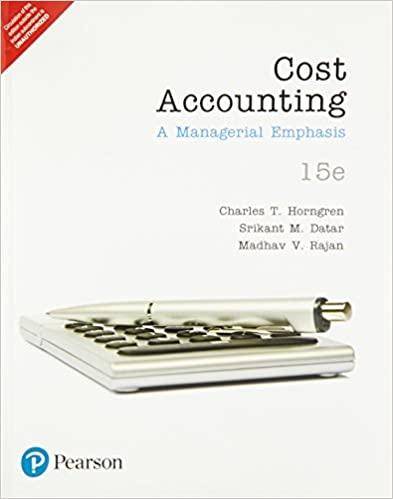
Employment rates by Major In a sample of 467 sociology majors, 88 were employed six months after 31 point graduation. What is the point estimate for the difference in the proportion employed between In a sample of 619 economics majors, 498 were employed six months after sociology and economics majors? graduation. You would like to know whether there is a difference in employment outcomes between sociology (group 1) and economic majors (group 2). 4 1 point What is the standard error for the difference in the proportion employed between sociology and economics majors? 51 point at the 95% confidence level, what is the margin of error for the difference in proportion employed between sociology and economics majors? 6 1 point what is the lowest value in the 95% confidence interval estimate of the difference in the proportion employed between sociology and economics? 7 1 point what is the highest value in the 95% confidence interval estimate of the difference in the proportion employed between sociology and economics? 8 1 point What does the 95% confidence interval suggest about the proportion of economics majors employed and sociology majors employed? The interval suggests that sociology majors have higher employment rates than economics majors the interval suggests that sociology majors could have higher or lower employment rates than economics majors. The interval suggests that economics majors have higher employment rates than sociology majors Employment rates by Major In a sample of 467 sociology majors, 88 were employed six months after 31 point graduation. What is the point estimate for the difference in the proportion employed between In a sample of 619 economics majors, 498 were employed six months after sociology and economics majors? graduation. You would like to know whether there is a difference in employment outcomes between sociology (group 1) and economic majors (group 2). 4 1 point What is the standard error for the difference in the proportion employed between sociology and economics majors? 51 point at the 95% confidence level, what is the margin of error for the difference in proportion employed between sociology and economics majors? 6 1 point what is the lowest value in the 95% confidence interval estimate of the difference in the proportion employed between sociology and economics? 7 1 point what is the highest value in the 95% confidence interval estimate of the difference in the proportion employed between sociology and economics? 8 1 point What does the 95% confidence interval suggest about the proportion of economics majors employed and sociology majors employed? The interval suggests that sociology majors have higher employment rates than economics majors the interval suggests that sociology majors could have higher or lower employment rates than economics majors. The interval suggests that economics majors have higher employment rates than sociology majors







